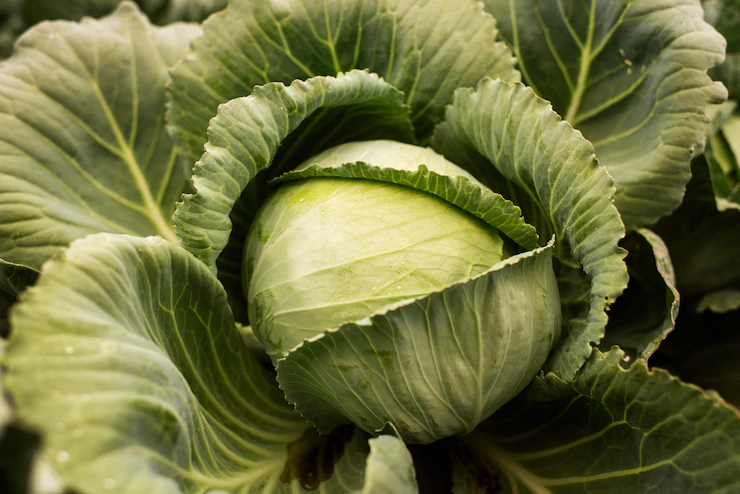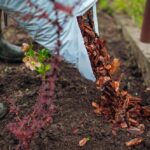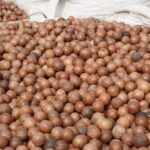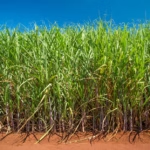When growing cabbages in South Africa, there are several infections and diseases that you should watch out for. These can significantly impact the health and productivity of your cabbage crop. Here are some common infections and diseases to be aware of:
- Black rot (Xanthomonas campestris pv. campestris):
This bacterial disease affects cabbage plants, causing V-shaped black lesions on the leaf edges, wilting, and rotting. It can spread through contaminated seeds, equipment, or infected plant debris. - Clubroot (Plasmodiophora brassicae):
Clubroot is a soil-borne disease caused by a pathogen that affects the roots of cabbage plants. It leads to swelling, distortion, and stunting of the roots, resulting in reduced nutrient uptake and wilting of the foliage. - Fusarium yellows (Fusarium oxysporum f.sp. conglutinans):
This fungal disease attacks the vascular system of cabbage plants, causing yellowing, stunting, and wilting. It can survive in the soil for several years and can be spread through infected soil, water, or contaminated tools. - Alternaria leaf spot (Alternaria spp.):
Alternaria is a fungal disease that affects cabbage leaves, causing circular to irregular dark spots with concentric rings. Severe infections can lead to defoliation and reduced yield. It thrives in warm and humid conditions. - Downy mildew (Peronospora parasitica):
Downy mildew is a fungal disease that affects cabbage plants, causing yellowing, stunting, and angular leaf lesions. It also produces a downy white or purplish growth on the undersides of infected leaves, especially in cool and wet conditions. - Cabbage aphids (Brevicoryne brassicae):
While not a disease, aphids are common pests that can infest cabbage plants. They feed on the sap, causing stunted growth, distorted leaves, and the transmission of viral diseases. Aphids are small, green insects often found in clusters on the undersides of leaves.
To minimize the risk of infections and diseases, consider implementing the following preventive measures:
- Crop rotation:
Avoid planting cabbages or related crops in the same area for consecutive seasons to reduce the buildup of soil-borne pathogens. - Sanitation:
Maintain good hygiene practices by removing and destroying infected plant debris, using clean tools, and disinfecting equipment regularly. - Seed selection:
Choose disease-resistant cabbage varieties when available. Certified disease-free seeds can also help reduce the risk of introducing infections. - Proper irrigation:
Avoid overhead watering, as moisture on the leaves can promote the development and spread of fungal diseases. Instead, use drip irrigation or water at the base of plants. - Pest control:
Monitor your cabbage crop regularly for pests such as aphids and implement appropriate pest management strategies, including cultural and biological control methods.
If you suspect an infection or disease in your cabbage crop, it’s advisable to consult with local agricultural extension services, plant pathologists, or experienced farmers for accurate diagnosis and treatment recommendations tailored to your specific location and conditions.








